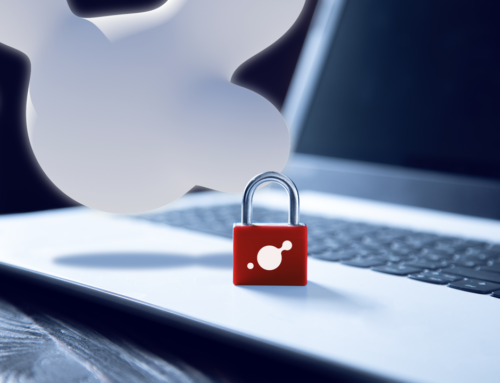Among the top priorities for cybersecurity professionals in the coming year is automation. So much so that, according to ThreatQuotient‘s 2021 State of Cybersecurity Automation Report, 98% of them intend to automate their security in the next 12 months. However, the report also shows that 41% of respondents are not confident in the results they will get from these processes.
98% of respondents intend to automate their security in the next year.
The report found that 77% of respondents said that security technology automation is important to security professionals. In addition, 95% of survey respondents said that they had already carried out some automation in their company, with varying levels of importance. In addition, 40% said they had already automated between 51% and 100% of their company’s processes. And 67% have automated between 25% and 100%.
As for the reasons for IT-related security automation, 34% say that the main reason for this is the need to maintain or improve security standards. For another 31%, it is the need to improve efficiency and productivity.
But not everything surrounding the automation of these processes seems straightforward. In fact, we have already seen that more than 40% of respondents are not confident about the results they will get from automation. In addition, 92% of organisations have had problems implementing security automation. A low percentage, a few percent, have had no problems doing so.
Organisations have also experienced obstacles when implementing the automation of security-related processes. The main one, for respondents, is technology with 43% of respondents stating this. This is followed by lack of knowledge, lack of confidence in the results, as we have seen, in 41% of cases, and budget issues, which emerged as a cause for 40% of survey participants. Also skills, for 36% of respondents.
We understand the barriers that prevent organisations from maximising the benefits of automation. That’s why Esferize we have the best solutions for endpoint detection and response, and security automation and orchestration. In this way, we can define, always hand in hand with the client, the tool that best suits your company.





